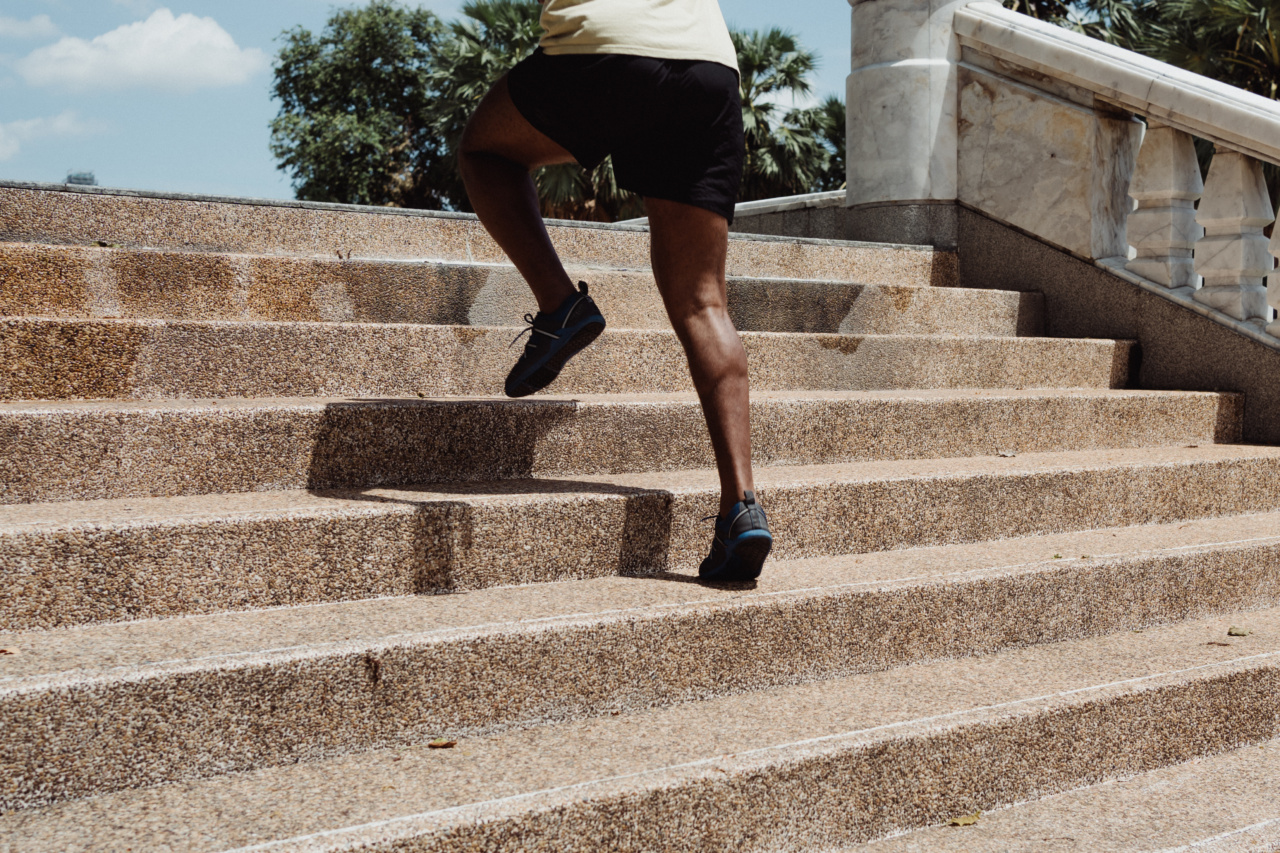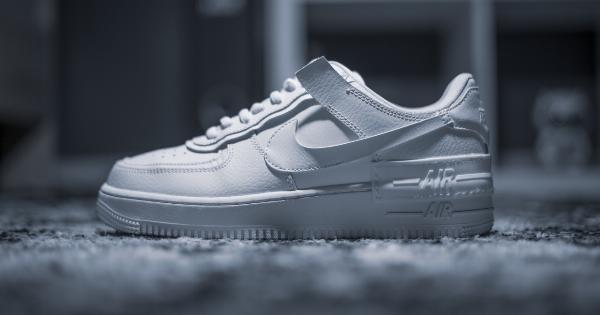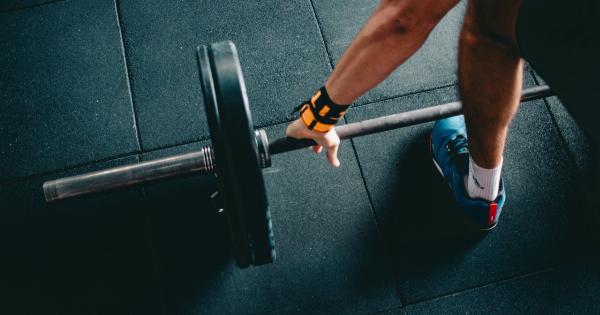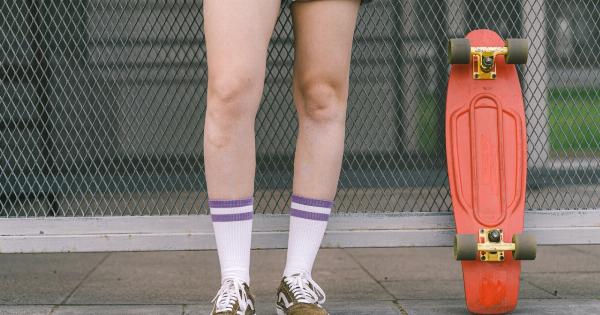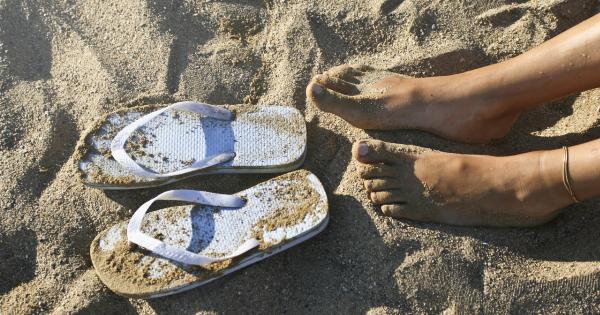Choosing the right running shoes is essential for runners of all levels. The perfect pair of shoes can make a significant difference in your running experience by providing comfort, support, and protection.
However, with numerous options available in the market, finding the ideal running shoes can be overwhelming. Fear not! This step-by-step guide will help you navigate through the process of selecting the perfect pair of running shoes tailored to your needs.
Step 1: Determine Your Running Style
Understanding your running style is crucial in deciding which type of running shoes will suit you best. There are three main types of running styles:.
1. Neutral Pronation: If your feet roll slightly inward upon landing, you have a neutral pronation. Look for shoes with ample cushioning to absorb the impact and provide stability.
2. Overpronation: If your feet excessively roll inward when running, you have an overpronation. Look for motion control shoes with extra support to correct the inward rolling and maintain proper alignment.
3. Underpronation (Supination): If your feet roll outward upon landing, you have an underpronation or supination. Look for shoes with excellent shock absorption and extra flexibility to compensate for the lack of natural inward motion.
Step 2: Assess Your Foot Type
Understanding your foot type will further narrow down your options. There are three major foot types:.
1. Flat Feet: If your arches touch the ground when standing, you have flat feet. Look for shoes with good arch support and stability that help distribute the pressure evenly.
2. Normal Arch: If the middle part of your foot is well-defined and curved inward, you have normal arches. Look for shoes that offer a balance of cushioning and stability.
3. High Arch: If you have high arches, the middle of your foot is elevated. Look for shoes with extra cushioning to absorb the impact and provide support.
Step 3: Visit a Specialized Running Store
Now that you have a basic understanding of your running style and foot type, it’s time to visit a specialized running store. These stores employ experts who analyze your gait and foot type to recommend the best running shoes for you.
They may conduct various tests, such as observing your running on a treadmill or analyzing the wear pattern of your current shoes, to provide personalized suggestions.
Step 4: Try on Multiple Brands and Models
Once at the store, try on several brands and models of running shoes that match your running style and foot type. Don’t hesitate to walk or jog around the store to get a feel for the shoes.
Pay attention to the fit, comfort, and support provided by each pair. It’s essential that your toes have enough room to wiggle without being too loose or too tight in the shoe.
Step 5: Consider Your Running Surface
The surface you primarily run on should influence your shoe choice. Different shoes are designed for specific surfaces:.
1. Road Running Shoes: If you mainly run on paved surfaces, road running shoes with good cushioning and traction are suitable.
2. Trail Running Shoes: For off-road trails or uneven surfaces, trail running shoes with enhanced stability, traction, and protection are ideal.
3. Track Shoes: If you regularly run on a track, lightweight and flexible track shoes provide the necessary grip and speed.
Step 6: Know When to Replace Your Running Shoes
Running shoes have a limited lifespan and should be replaced after a certain distance or time to maintain optimal support and cushioning.
On average, running shoes last between 300 to 500 miles (482 to 804 kilometers) or approximately six months to a year for regular runners. However, factors such as bodyweight, running style, and surface also affect shoe durability. Keep track of your mileage and any signs of shoe wear to determine when it’s time for a new pair.
Step 7: Gradually Break in Your New Shoes
Once you’ve found your ideal running shoes, it’s essential to break them in gradually. Don’t jump into running long distances or intense workouts immediately with brand new shoes as it can lead to discomfort or potential injuries.
Start by wearing them for shorter runs or during your daily activities to allow your feet to adjust and the shoes to mold to your feet.
Step 8: Take Care of Your Running Shoes
Proper maintenance can extend the lifespan of your running shoes. Always untie the laces before taking off your shoes to avoid unnecessary strain on the fabric. Avoid tossing them in the washing machine; instead, gently clean them by hand if needed.
Additionally, keep them stored in a cool and dry place to prevent premature deterioration.
Step 9: Listen to Your Body
While finding the ideal running shoes is crucial, remember that everyone’s feet are unique. Pay attention to how the shoes feel during and after your runs.
If you experience pain, discomfort, or persistent blisters, it may be an indication that the shoes are not a proper fit for you. Don’t hesitate to reassess and seek professional advice if needed.
Step 10: Enjoy the Run!
Finally, lace up your new running shoes and hit the road, track, or trails with confidence! The right pair of running shoes will provide the comfort and support you need, allowing you to focus on enjoying your runs and achieving your goals.
